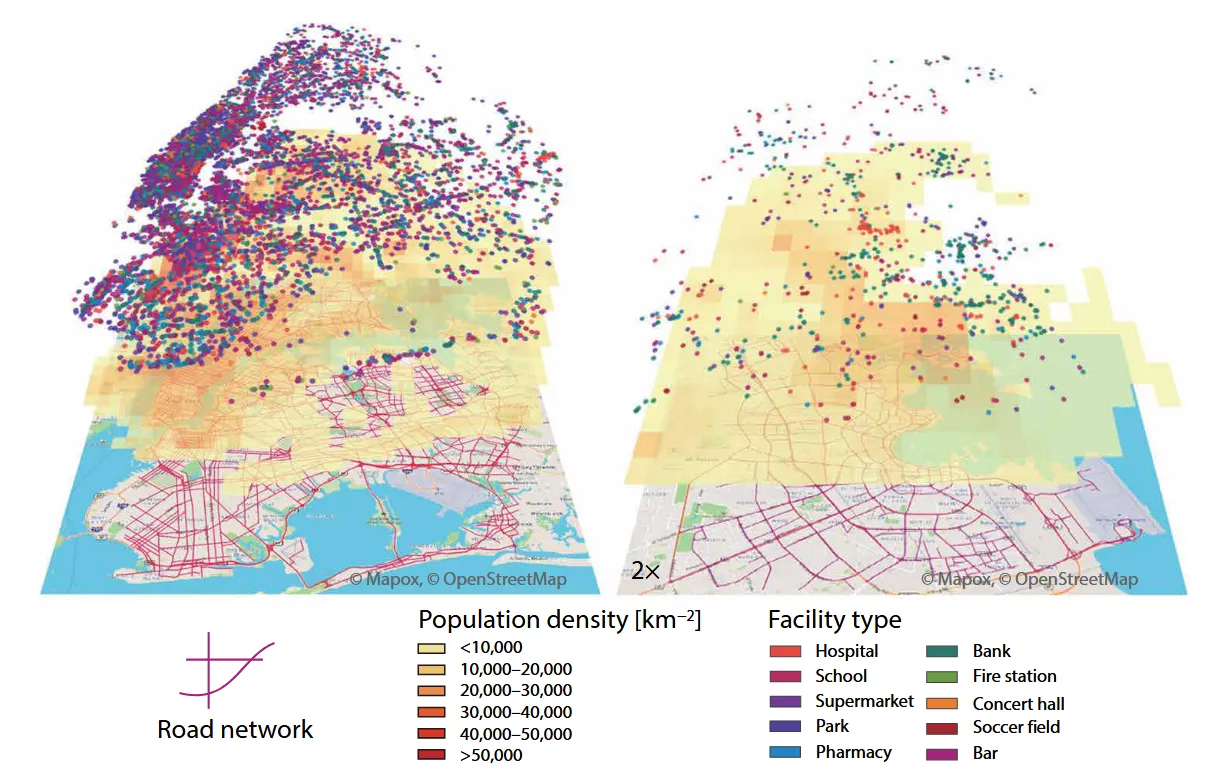1
2
3
4
5
6
7
8
9
10
11
12
13
14
15
16
17
18
19
20
21
22
23
24
25
26
27
28
29
30
31
32
33
34
35
36
37
38
39
40
41
42
43
44
45
46
47
48
49
50
51
52
53
54
55
56
57
58
59
60
61
62
63
64
65
66
67
68
69
70
71
72
73
74
75
76
77
78
| import numpy as np
import matplotlib.pyplot as plt
class RLS:
def __init__(self, beta=1.0, dim=200):
self.beta = beta
self.dim = dim
self.theta = np.zeros(self.dim)
self.P = np.eye(self.dim)
self.K = np.zeros(self.dim)
def update(self, X, y):
XT_P_X = np.dot(X.T, np.dot(self.P, X)) + self.beta
if XT_P_X != 0:
self.K = np.dot(self.P, X) / XT_P_X
else:
self.K = np.zeros_like(X)
self.theta += self.K * (y - np.dot(X.T, self.theta))
self.P = np.dot((np.eye(self.dim) - self.K.reshape(-1,1) @ X.reshape(1,-1)), self.P) / self.beta
def estimate(self, X, y):
y_hat = X.T @ self.theta
error = (y - y_hat) ** 2
return error
def data_generate(num_samples, dim):
'''根据样本量和特征数 生成数据'''
_theta = np.random.normal(0, 1, dim)
X = np.random.normal(0, 1, (num_samples, dim))
eta = np.sqrt(0.01) * np.random.randn(num_samples)
Y = np.dot(X, _theta) + eta
return X, Y, _theta
if __name__ == '__main__':
num_experiment = 100
beta = 1
num_features = 200
num_samples = 1000
db_avg_err = []
for _ in range(num_experiment):
x_n, y_n, _theta = data_generate(num_samples, num_features)
rls = RLS(beta=beta, dim=num_features)
errors = []
for x, y in zip(x_n, y_n):
rls.update(x, y)
err = rls.estimate(x, y)
errors.append(err)
db_avg_err.append(errors)
db_avg_err = np.mean(db_avg_err, axis=0)
db_avg_err = 10 * np.log10(db_avg_err)
plt.plot(range(num_samples), db_avg_err, label='Average Error (dB)')
plt.xlabel('Iterations')
plt.ylabel('Error (dB)')
plt.title(f'RLS Convergence ($\\beta={beta}$)')
plt.legend()
plt.show()
print(_theta[:5])
print(rls.theta[:5])
|




